La Dolce Vita: A Taste Of Italy And Its Brilliant Automotive Masterpieces
Images: Michele Casiraghi
After the success achieved by the ‘Dolce Vita’ exhibition at the Swiss Museum of Transport in Lucerne, the Lopresto Collection has moved to conquer Germany, with the setting up of a similar exhibition at the MAC (Museum Art & Cars) museum in Singen, once again celebrating Italian brilliance and automotive design.
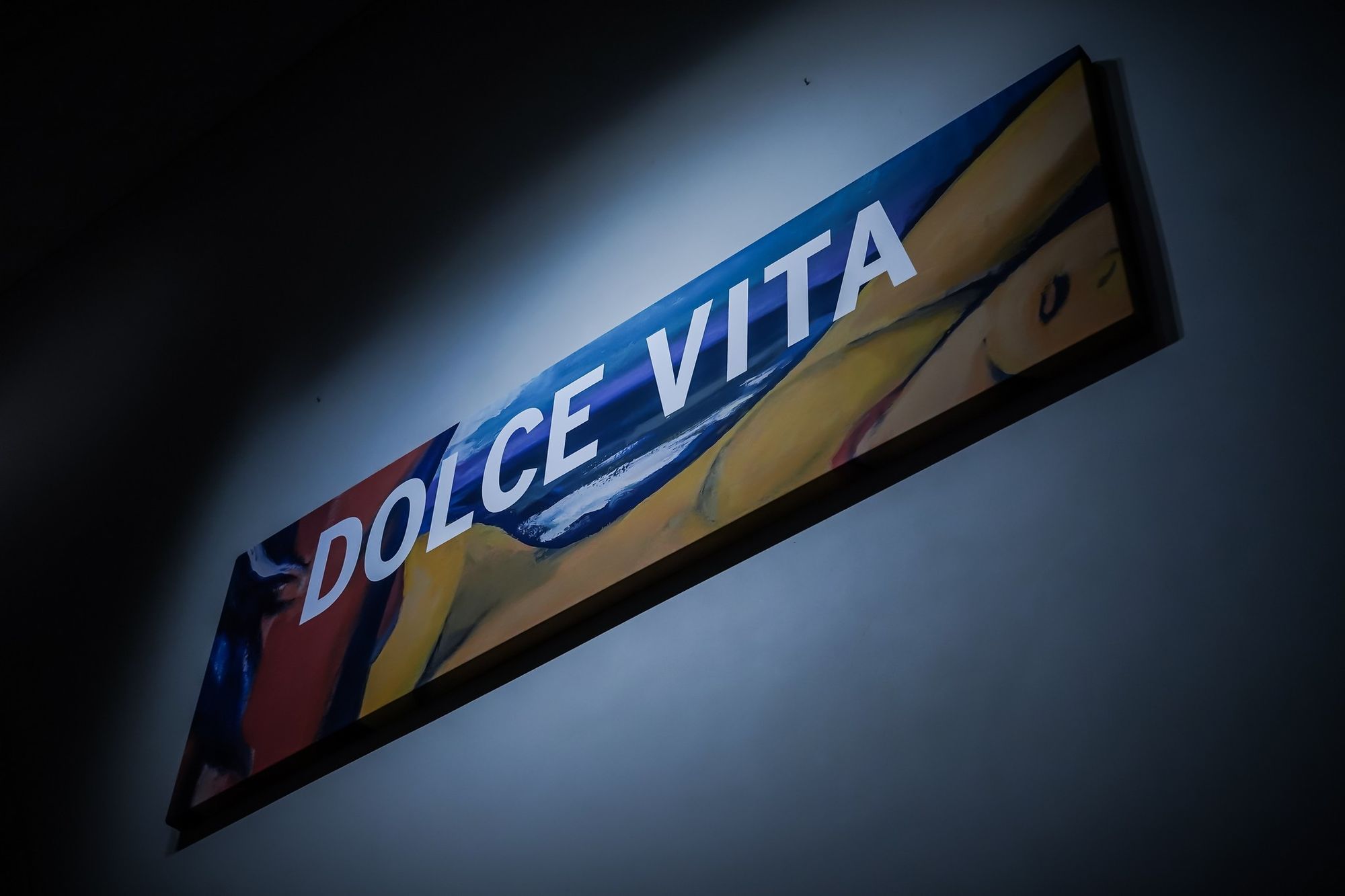
Twelve masterpieces from the Lopresto Collection, the most famous Italian private collection, is giving life to a journey through Italian style, starting with the custom-built cars of the early post-war years and ending with the concept cars of the 1970s. The museum combines cars and works of art, and the Dolce Vita exhibition showcases this juxtaposition which emphasizes the artistic importance of design, specifically in the case of unique or special pieces such as the ones on exhibit.
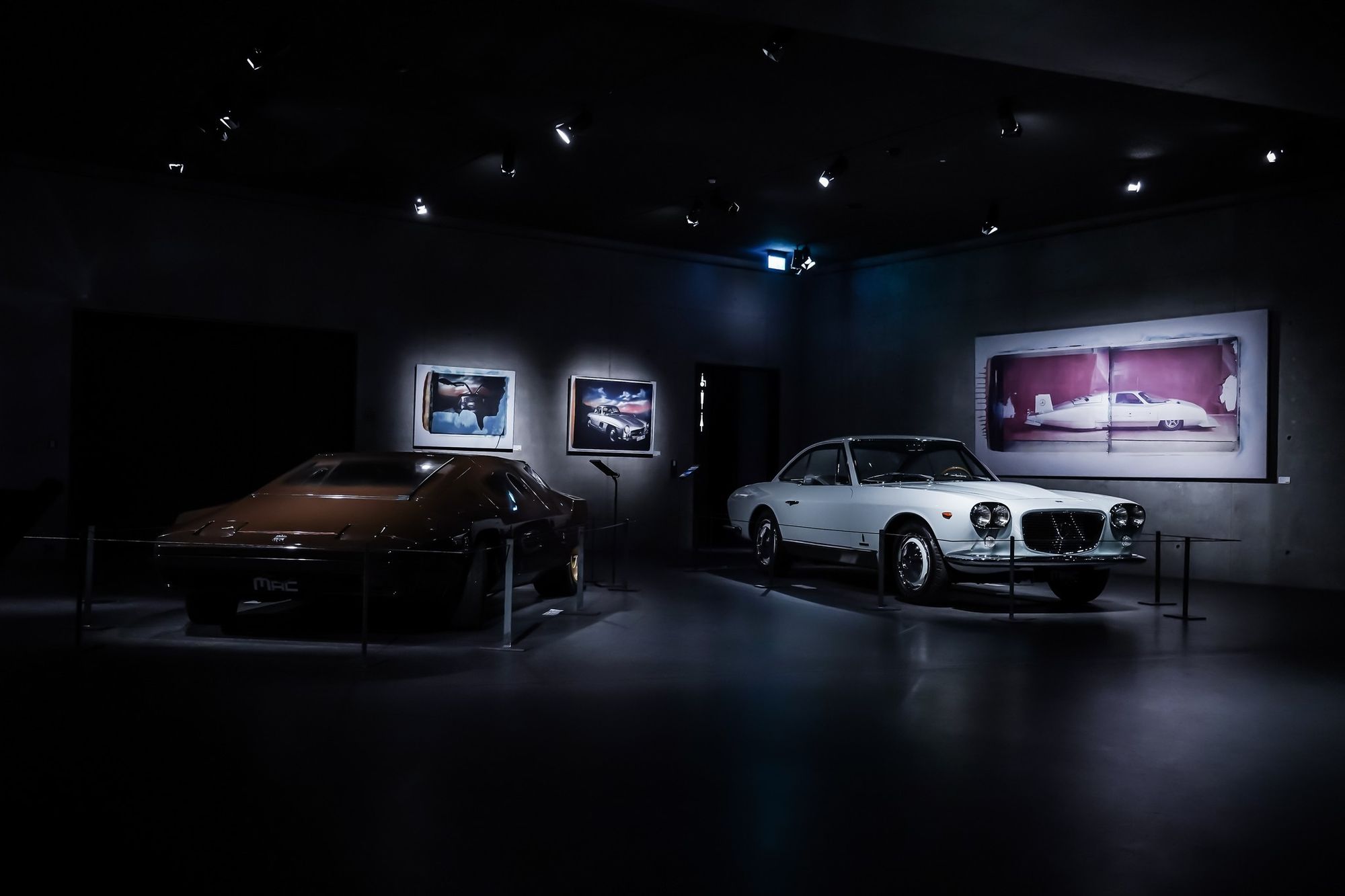
The first car that visitors come across is the Cisitalia D48, a unique single-seater racing car—which had been driven by none other than legendary Tazio Nuvolari at the Monaco Grand Prix of 1948—before entering the rooms of the MAC1 museum, where one can admire the first part of the exhibition.
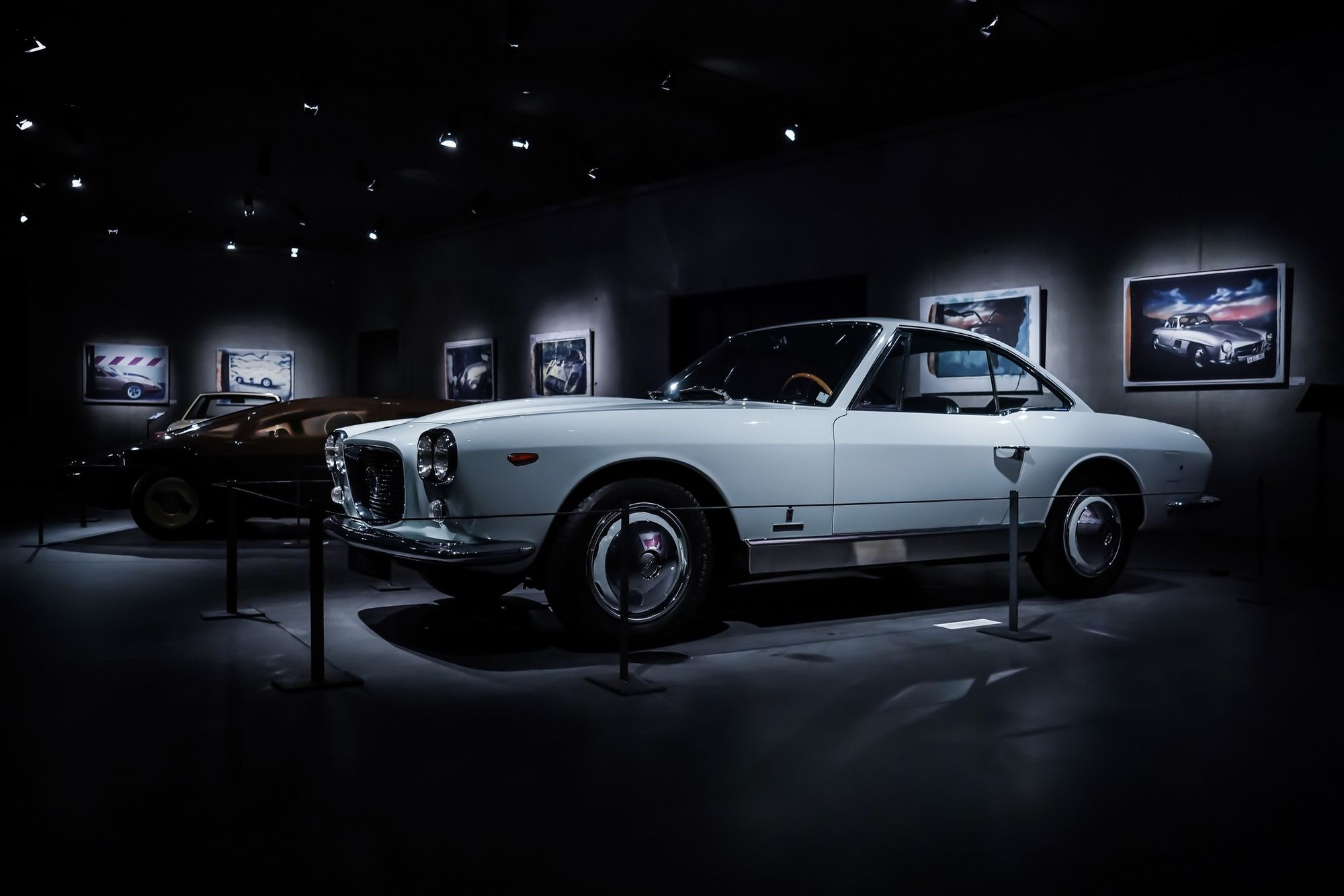
The cars on display include two exceptional Bertone prototypes based on the Alfa Romeo Giulietta: The Spider prototype designed in 1955 as an alternative to the Pinin Farina proposal (which went into production), but which was considered too modern for the time, and the prototype of the Giulietta Sprint Speciale, unveiled in 1957, and produced in series since 1959. Both were designed by Franco Scaglione, famous for his experiments with aerodynamics, and the one to have designed one of the most legendary Alfa Romeos ever: the 33 Stradale.
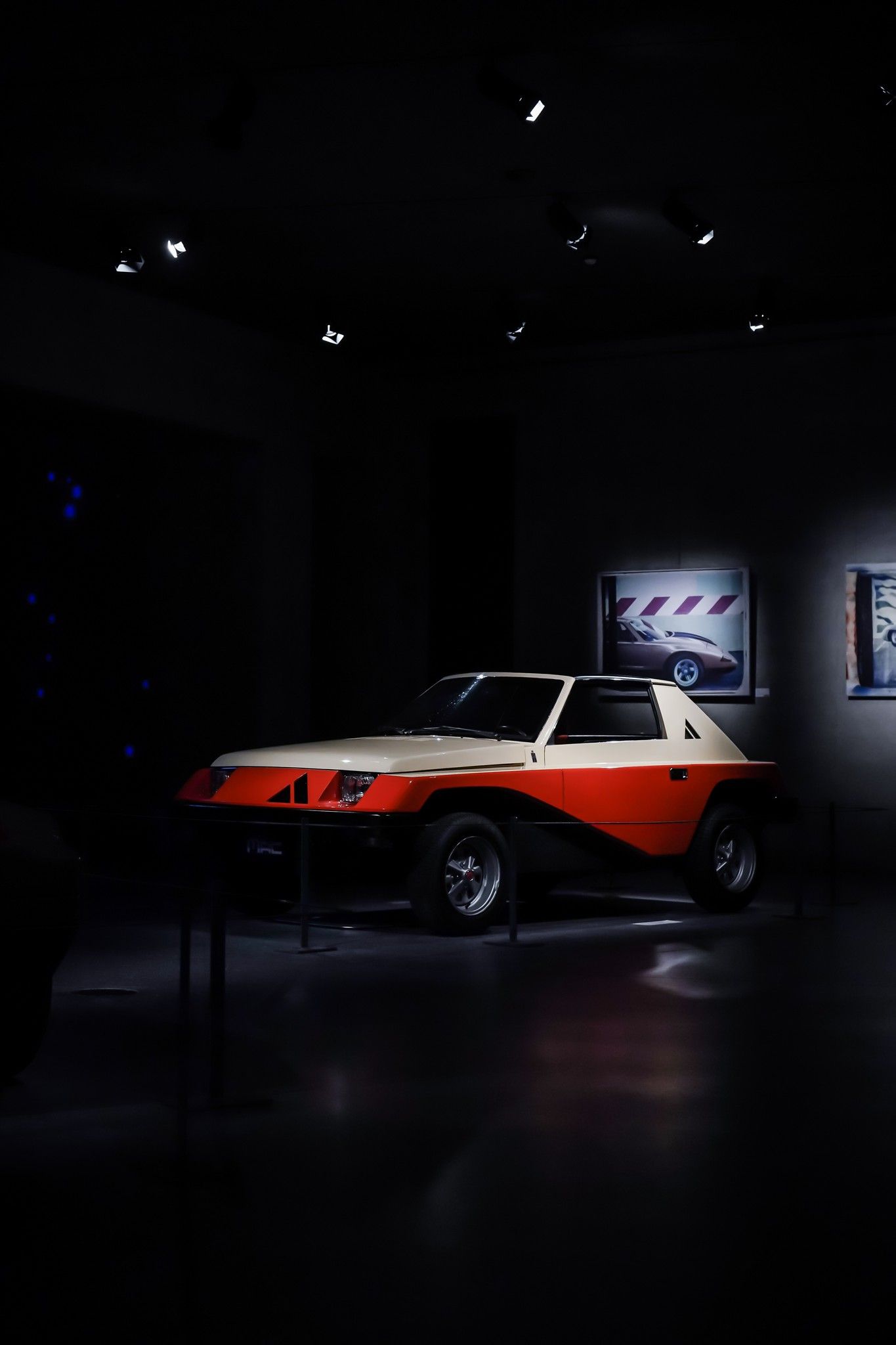
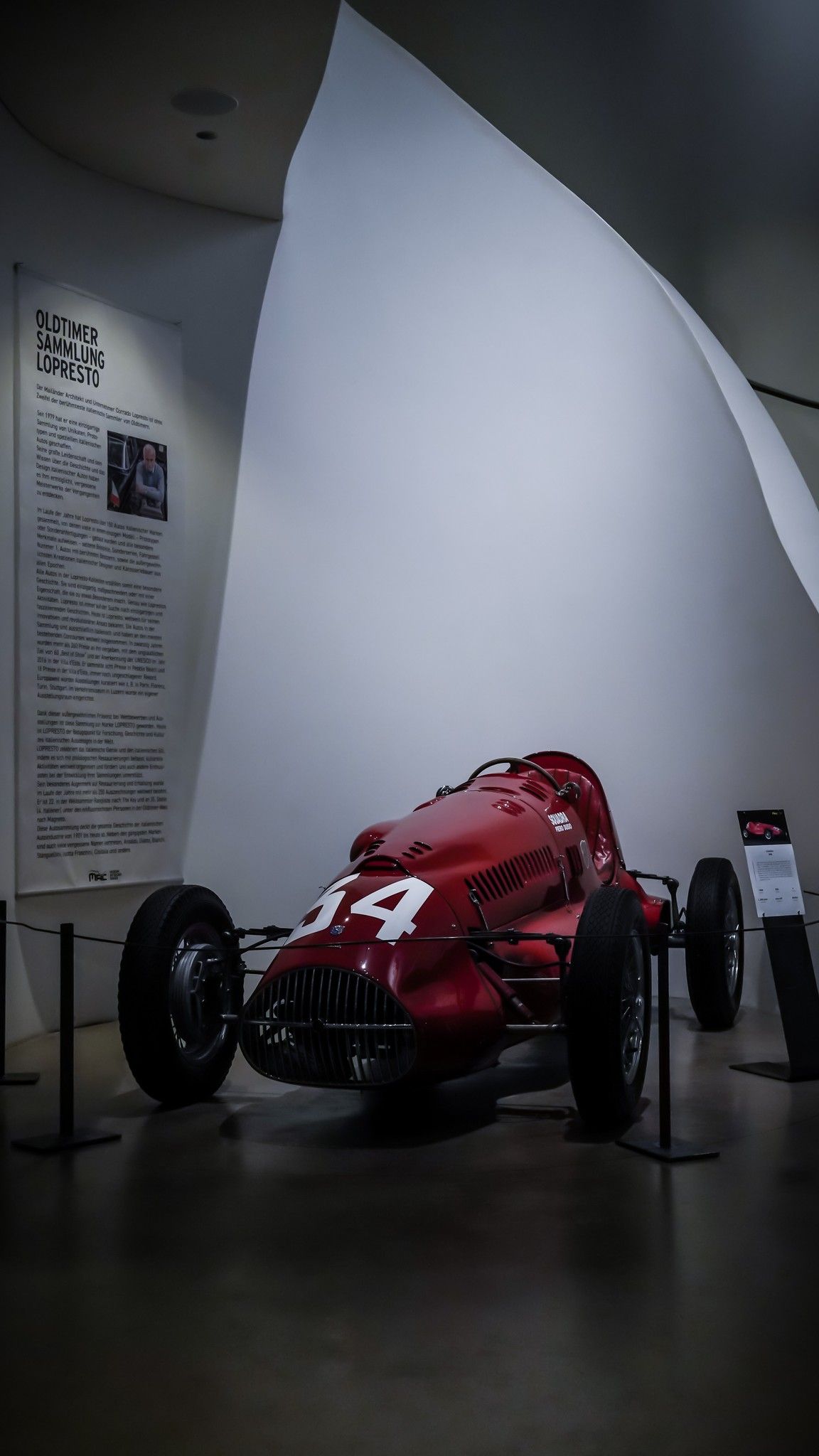
Another Giulietta on exhibit is the one-off Sprint Veloce of Aristide Molteni, a gentleman driver who passed away last month. He started to race a normal Bertone coupe, but during his career the car was updated so many times to improve aerodynamics that it became a completely different car.
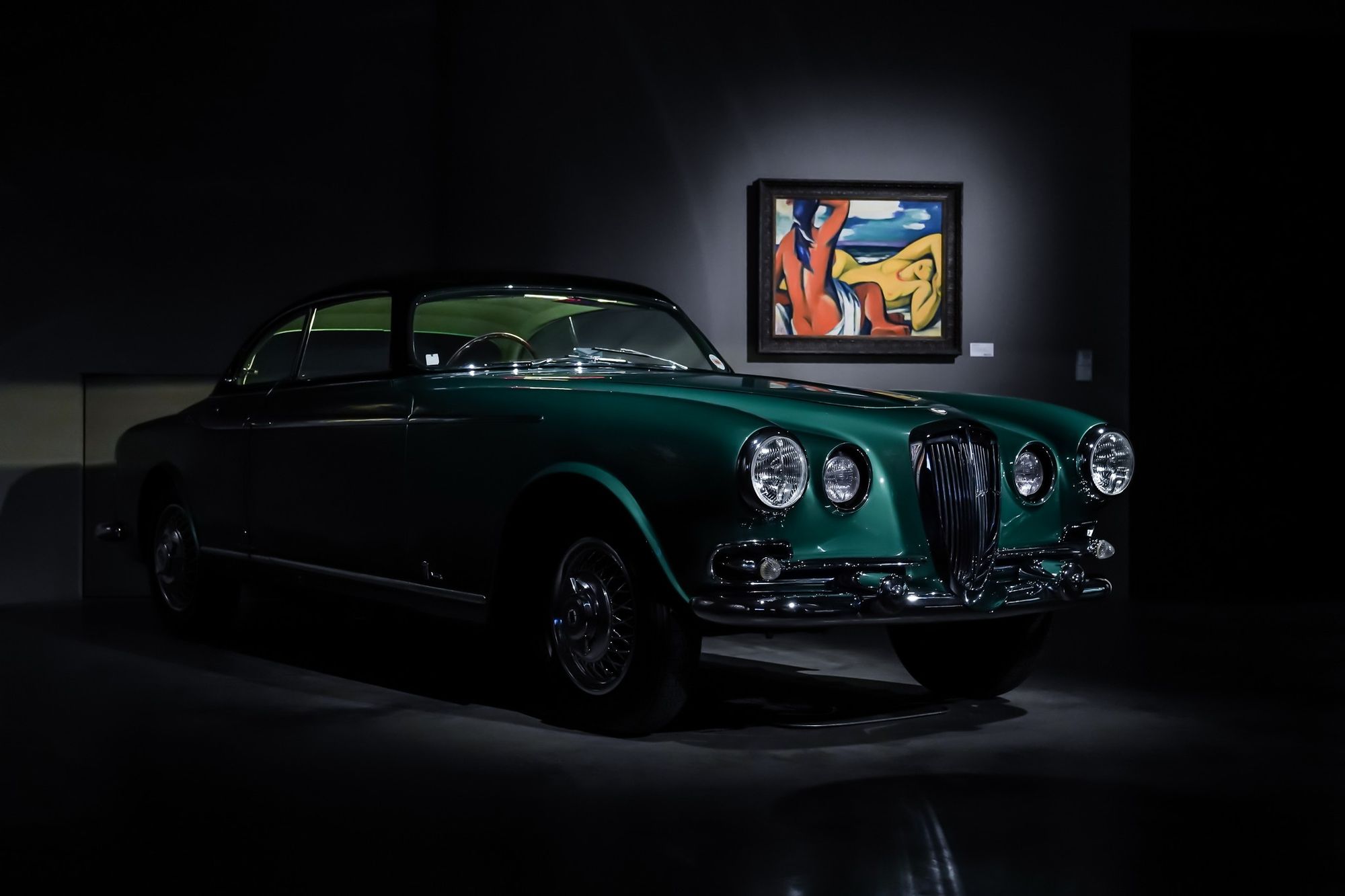
Alongside these prototypes, one can admire three examples of Alfa Romeo 6C 2500s: two cabriolets, bodied by Stabilimenti Farina and by Touring, built respectively in 1947 and 1951. The first is a very special custom-built model designed by Giovanni Michelotti who experimented with a front developed with horizontal elements, without the classic Alfa Romeo shield grille.
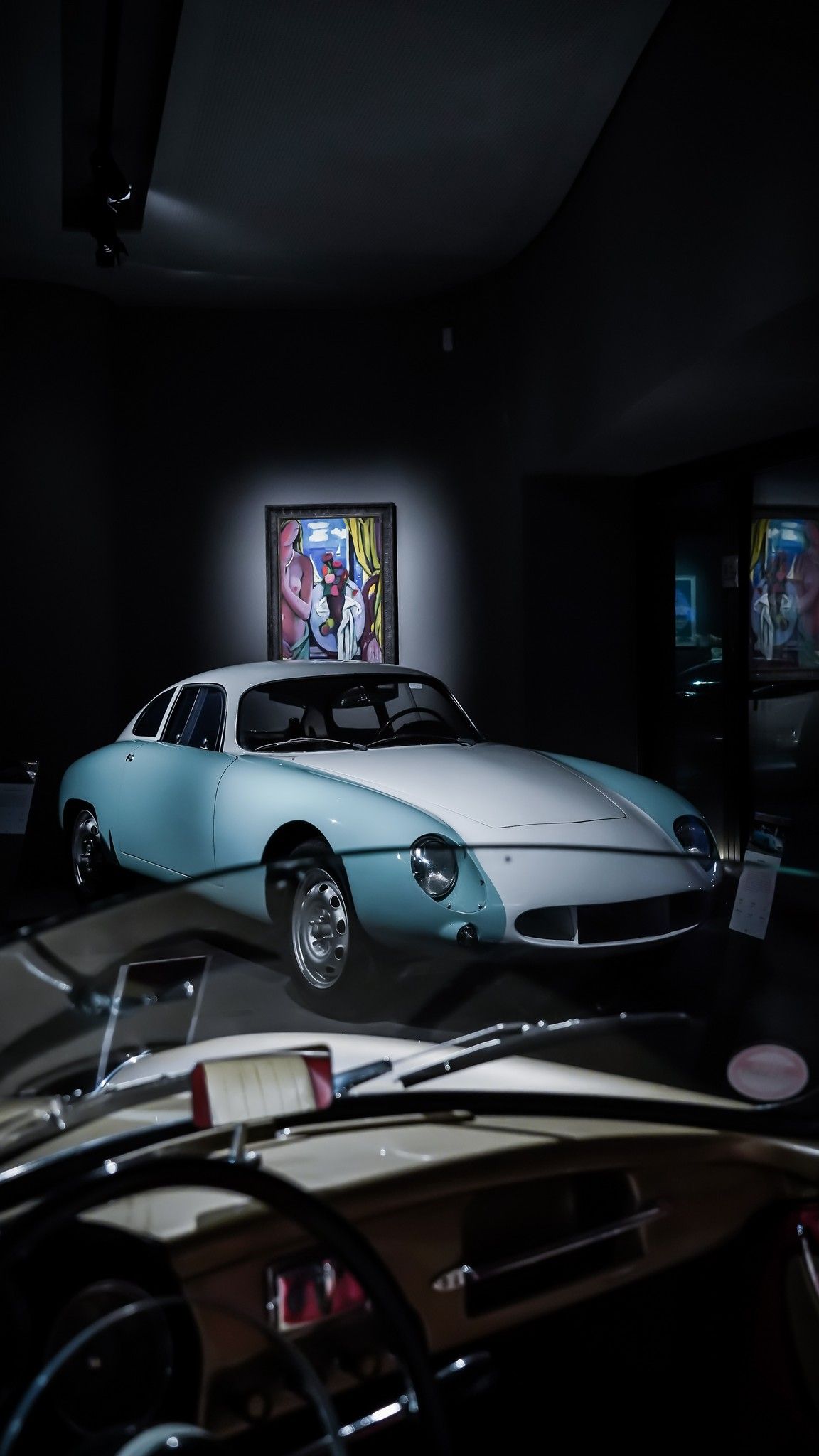
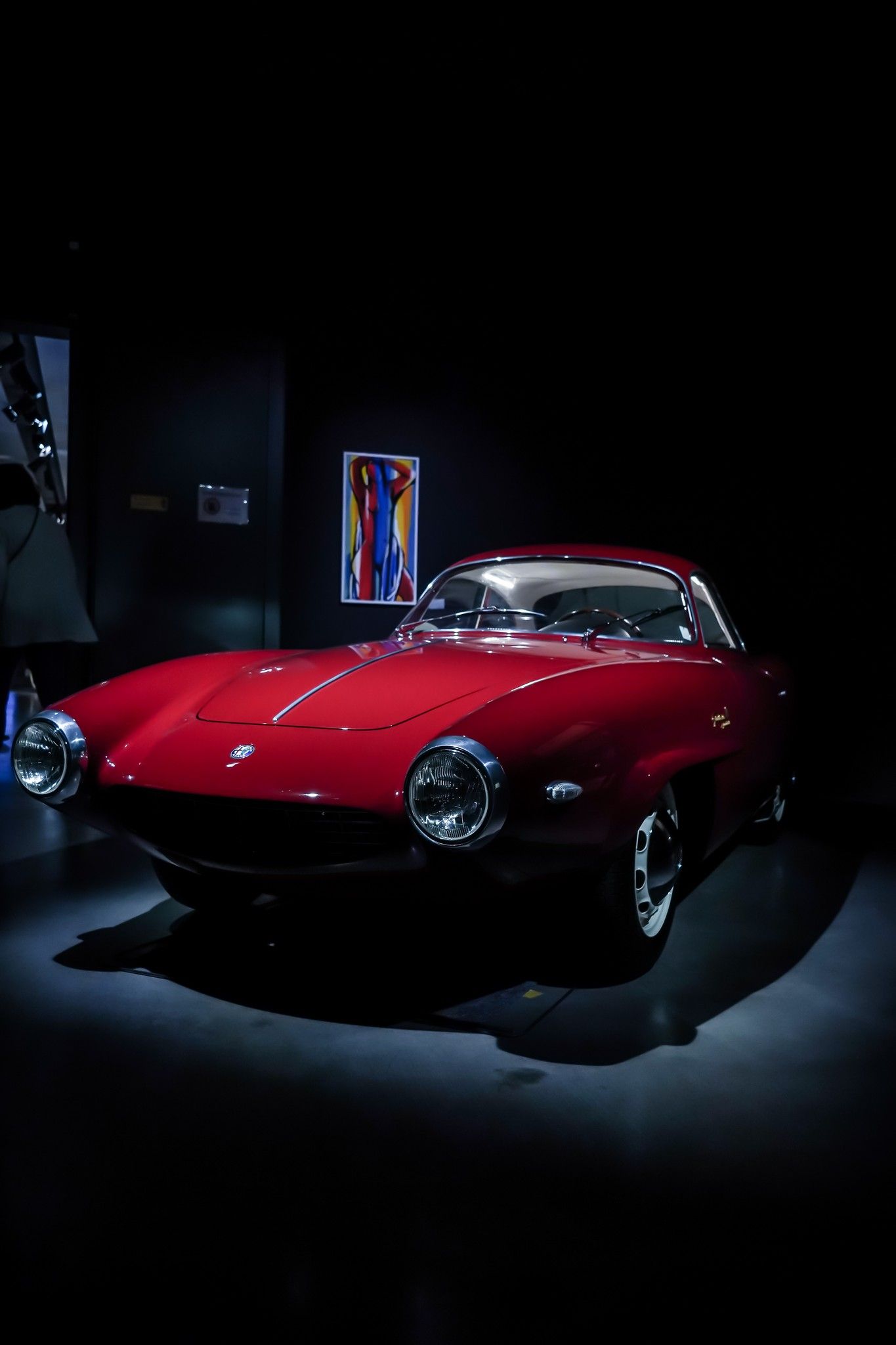
The second is a version produced in a very limited series on the Sport chassis, but with the engine of the sportier SS. The third 6C on display is a standard ‘Freccia d'Oro’ sedan, but not just any example—it was the car with which the Bonetto/Bonini team competed at the 1950 edition of the legendary Carrera Panamericana.
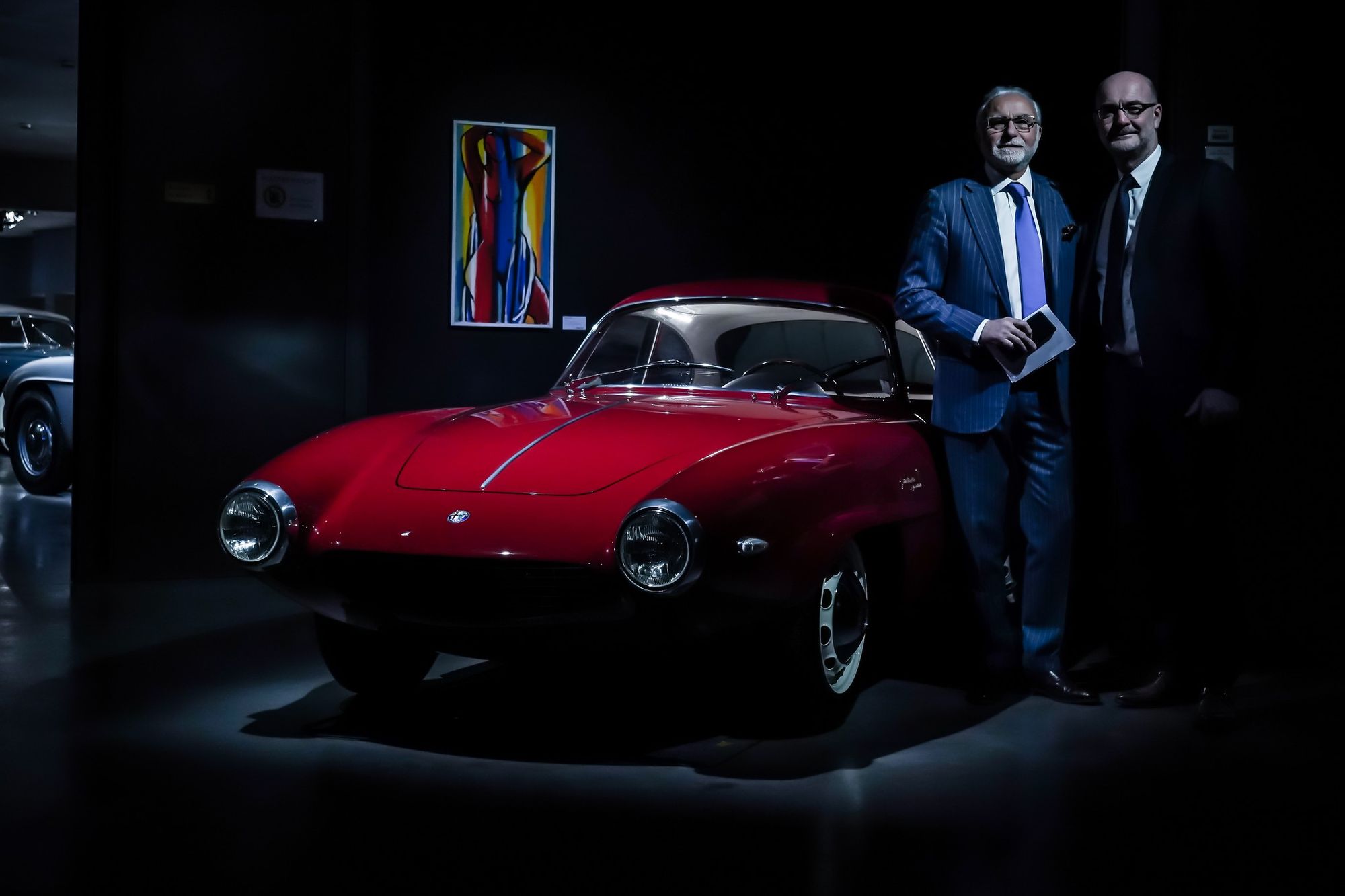
The first part of the exhibition ends with the Lancia Aurelia Coupe Vignale, one of the four models built in 1952, all different from each other.
In the second building, MAC2, four more recent concept cars are on exhibit, representing an era of great stylistic experimentation. These four unique examples, created for motor shows or as design proposals which never went into production, are by the best coachbuilders of the period.
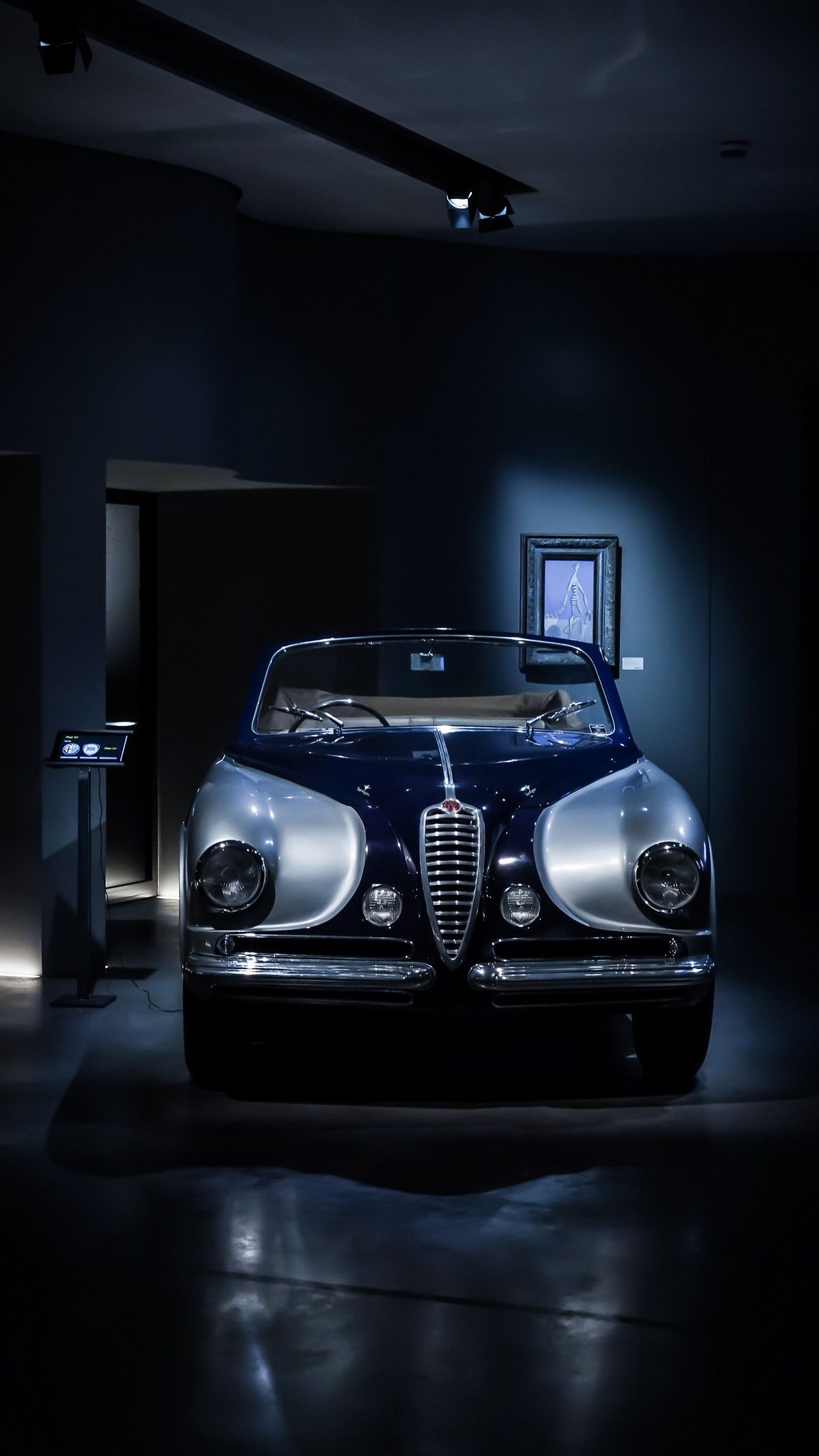
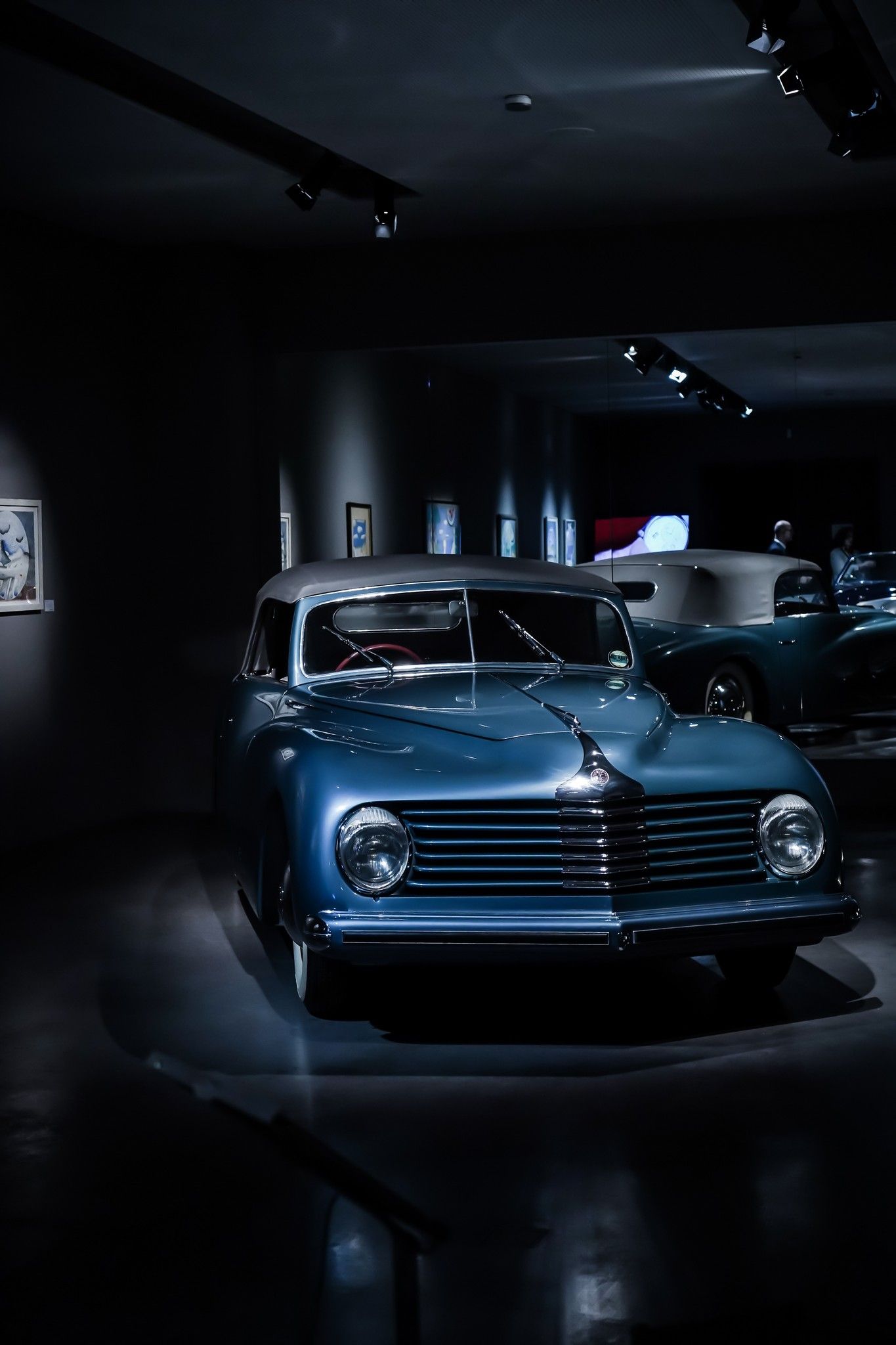
The 1963 Lancia Flaminia Speciale Pininfarina was presented at the Turin Motor Show and then used as a personal car by Battista Pininfarina himself for a few years. The design is by the great American designer Tom Tjaarda, who also penned the 1973 De Tomaso Pantera 7X Ghia. This prototype was supposed to replace the famous Pantera, but the project was not finalized, and the one-off was purchased by Ford.
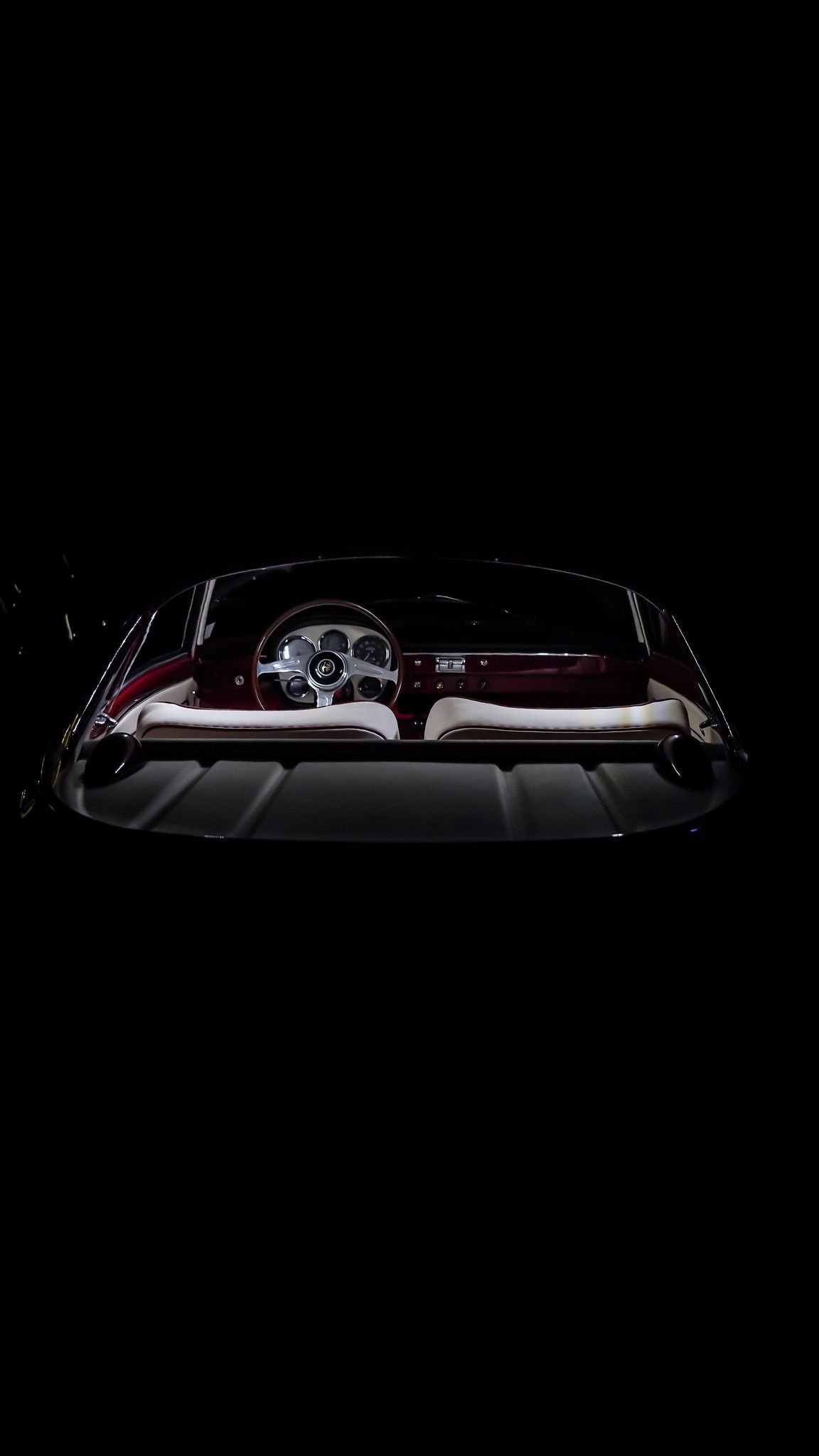
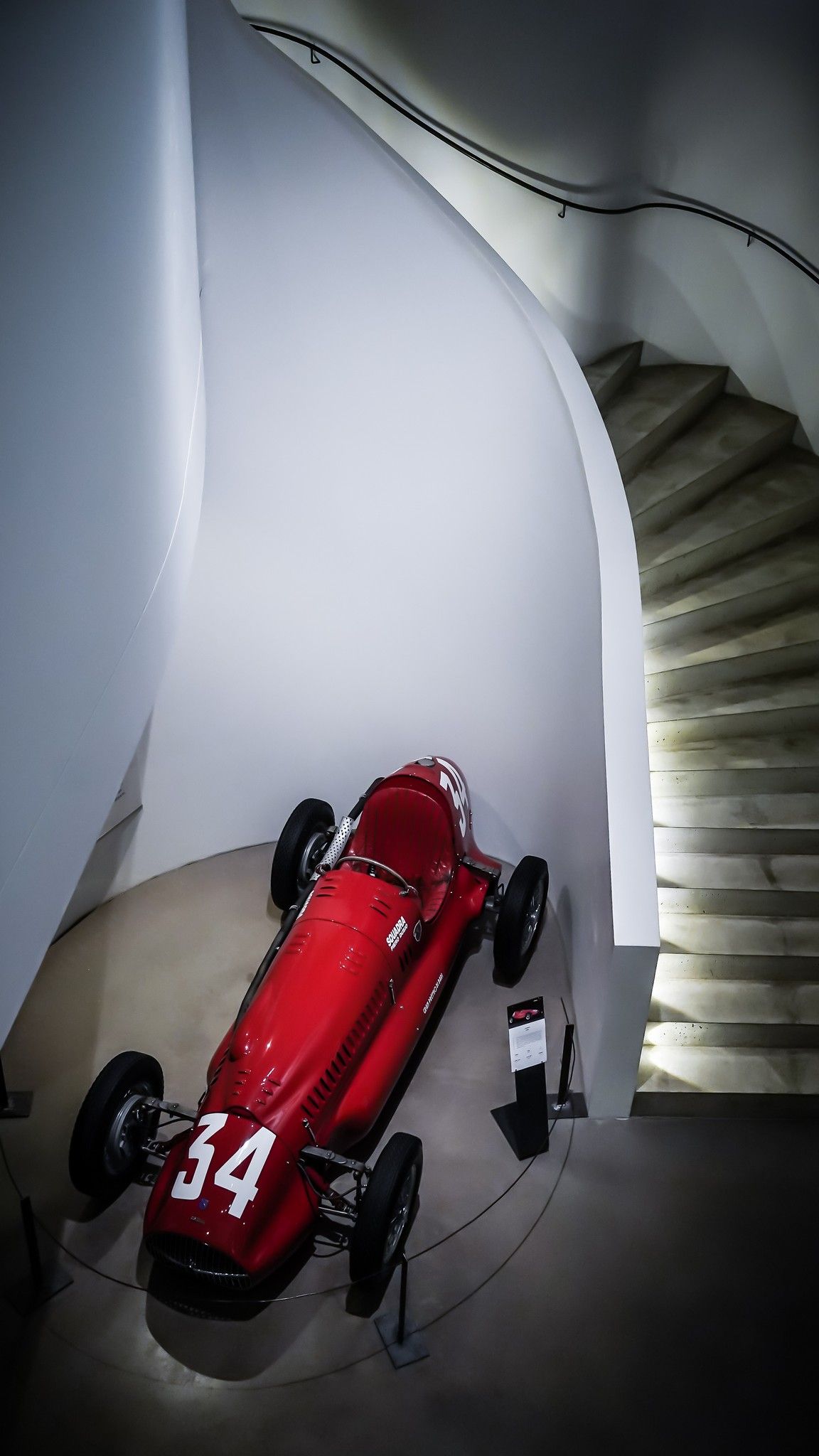
Even the Autobianchi Giovani by Pininfarina, also from 1973, was born with the intention of being mass-produced as a refined alternative to the dune-buggies in vogue at the time, but nothing came of it.
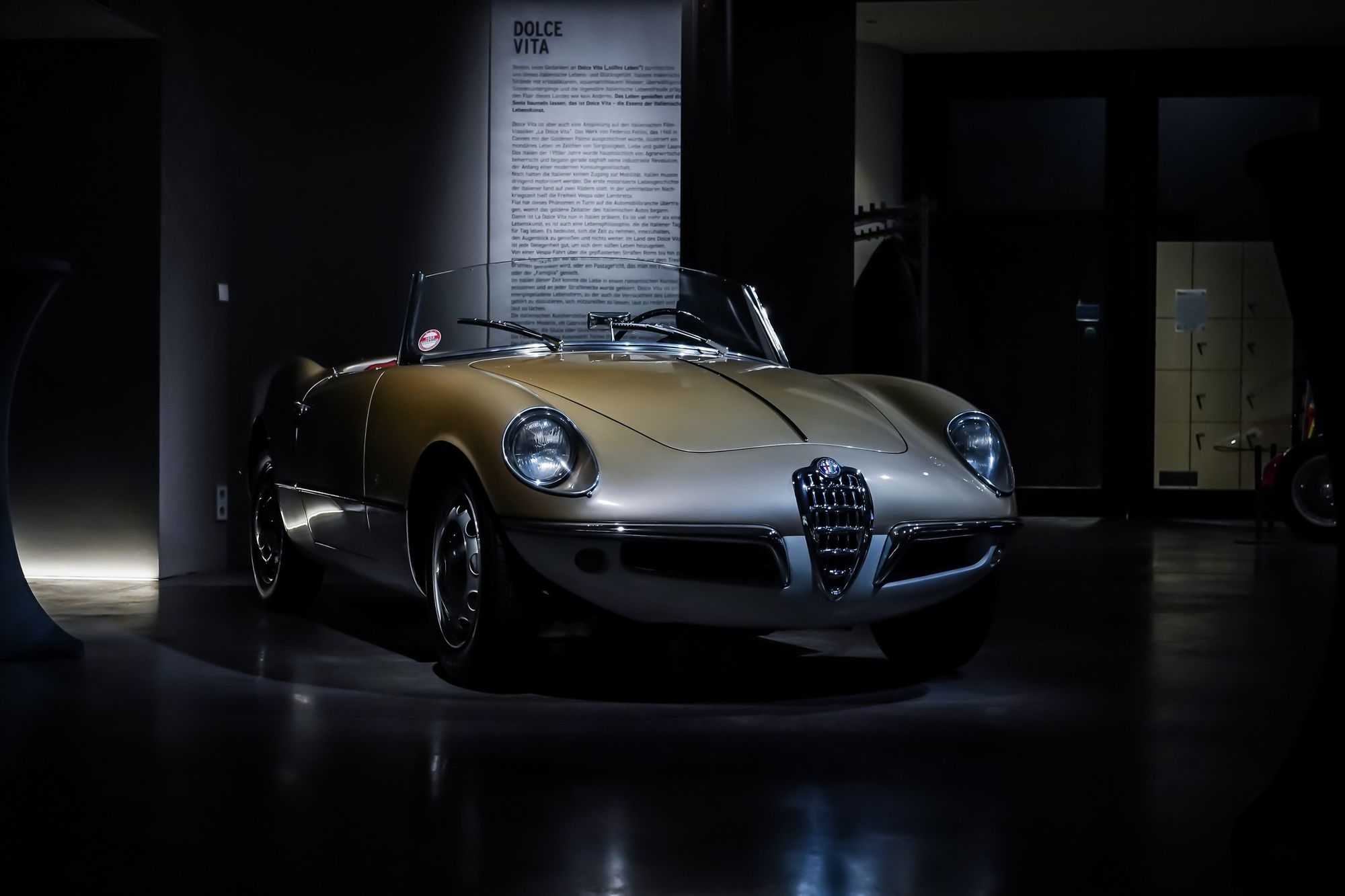
The journey ends with Bertone's exceptional Lancia Sibilo, presented in 1978 on a Lancia Stratos base and designed by the other legend Marcello Gandini. An experiment in a monolithic form created with a few simple lines, where even the windows disappear…thanks to the paint that shades into them.
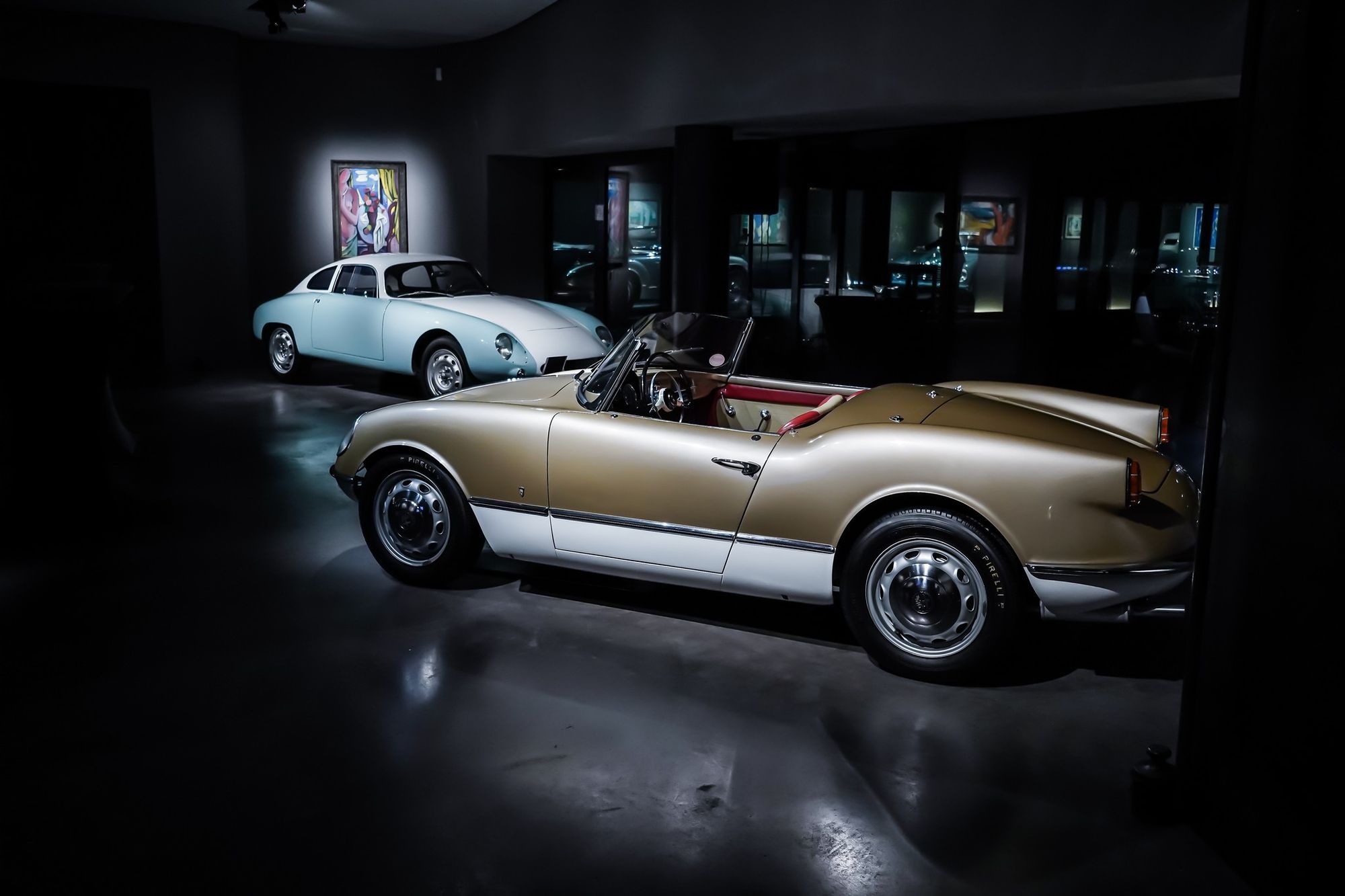
The exhibition was inaugurated on 28th January and will remain open until 15th October 2022. So if you are in the vicinity, make it a point to visit.
Comments
Sign in or become a deRivaz & Ives member to join the conversation.
Just enter your email below to get a log in link.
